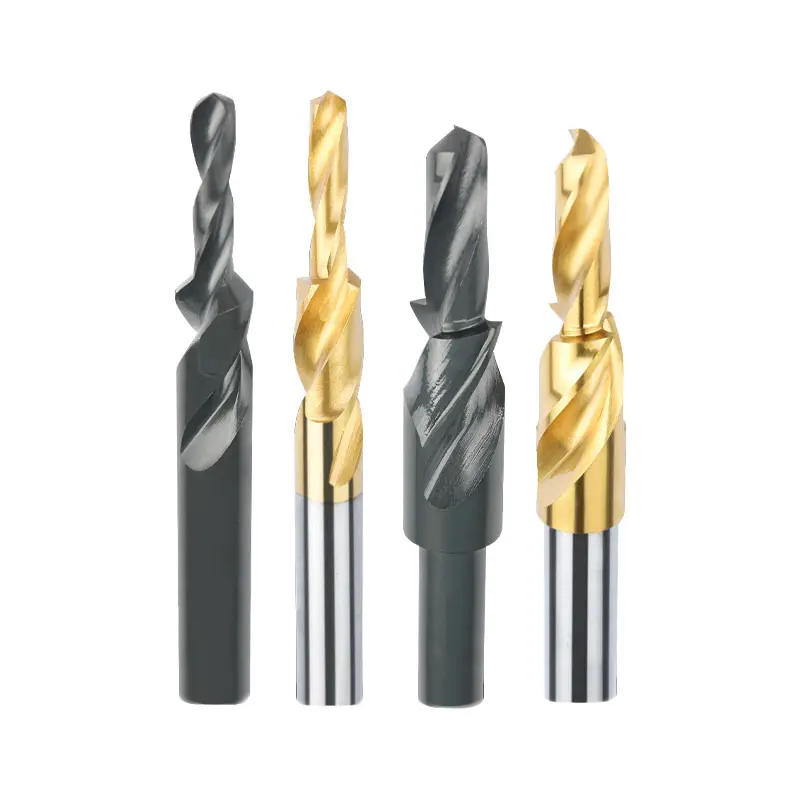Drill bits are essential tools in various industries and DIY projects. Whether you’re a professional contractor or a hobbyist, understanding drill bits can greatly enhance the quality and efficiency of your work.
Types of Drill Bits
- Twist Drill Bits: These are the most common type. They have a helical flute design that helps to remove chips and debris from the hole as you drill. Twist drill bits are suitable for drilling into a wide range of materials, including wood, metal, and plastic.
- Masonry Drill Bits: Specifically designed for drilling into concrete, brick, and stone. They have a special tip made of tungsten carbide, which is extremely hard and can withstand the abrasive nature of masonry materials.
- Spade Drill Bits: Ideal for drilling large holes in wood. Their flat, paddle – shaped design allows for quick and efficient material removal, making them a popular choice for woodworking projects.
Applications
- Construction: In construction, drill bits are used for a variety of tasks. For example, twist drill bits are used to drill holes for screws and bolts in wooden frameworks, while masonry drill bits are essential for installing fixtures into concrete walls.
- Manufacturing: In manufacturing plants, drill bits are used to create precise holes in parts made of metal, plastic, or composite materials. The accuracy of the drill bits is crucial to ensure the proper fit and function of the manufactured components.
- DIY Projects: Homeowners and DIY enthusiasts use drill bits for tasks like hanging pictures, building furniture, or installing electrical outlets. Having the right drill bit for the job can make these projects much easier and more successful.
Maintenance and Care
- Sharpening: Over time, drill bits can become dull. Sharpening them regularly can extend their lifespan. There are special sharpening tools available for different types of drill bits.
- Proper Storage: Store drill bits in a clean, dry place to prevent rust. Using a drill bit holder or a toolbox with compartments can keep them organized and easily accessible.
- Lubrication: When drilling into metal, using a lubricant can reduce heat and friction, which in turn can prevent the drill bit from overheating and wearing out quickly.
In conclusion, drill bits are simple yet incredibly powerful tools. By understanding their types, and applications, and how to take care of them, you can make the most of these tools in your projects. Whether you’re embarking on a large – scale construction job or a small DIY task at home, the right drill bit can make all the difference.

